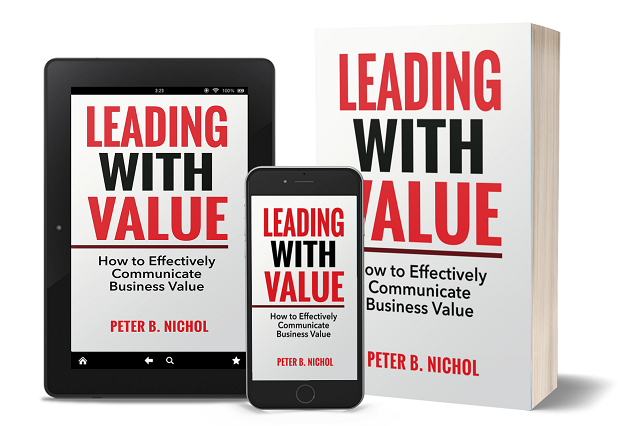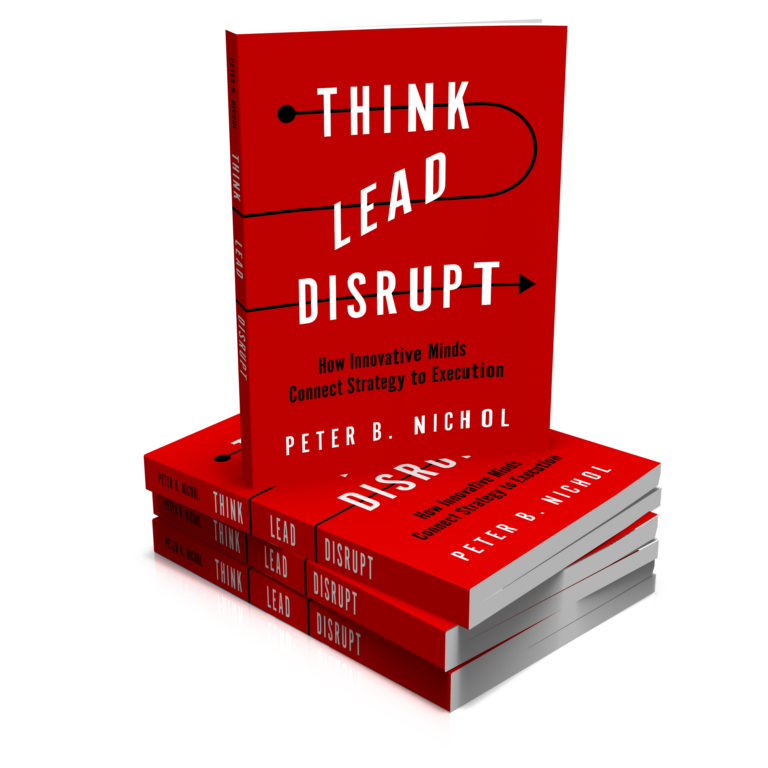Peter B. Nichol was recognized as a 2021 Top BRM on February 9, 2021 by the BRM Institute.
Each year’s Top BRM list is revealed during #BRMWeek in February. BRM Institute’s global BRM community recognizes the top BRMs that have achieved success through their BRM efforts, strengthened the global BRM community and BRM discipline, enriched lives through excellence in BRM within their organizations, and contributed to the community on a local, national, and global level.
The BRM Institute’s global BRM community recognizes the top BRMs that have achieved success through their BRM efforts, strengthened the global BRM community and BRM discipline, enriched lives through excellence in BRM within their organizations, and/or contributed to the community on a local, national, and global level.
The 2021 Top BRM awards were evaluated based on the following major criteria:
Overall Impact:
- Explain the impact the BRM has contributed to others around the globe!
- Share the outstanding accomplishments the BRM has delivered
- Highlight the amazing organizational accomplishments the BRM has delivered including notable contributions, improvements, discoveries, how they have demonstrated the BRM Code of Conduct, etc.
Leading with Purpose:
- Bring more personal purpose in the workplace.
- Identify the convergence of the personal and organization purpose to lead towards happier individuals, stronger relationships and durable communities.
- Demonstrate how the BRM satisfied their personal or organizational purpose through their work.
Delivering Value:
- Articulate the value delivered by the BRM engagement
- Quantify the value realized through BRM organizational empowerment
- Explain the impact of the value delivered through the BRM’s efforts.
Peter Nichol is a highly respected executive, BRM, and passionate evangelist for the BRM community. As a BRMP®, CBRM®, MBRM®, he is a change champion and has fully embraced the role, capability, discipline, and philosophy of the BRM Institute to achieve powerful results.
Peter is a positive voice among the BRM community. He is a member of the Value-Focused Organization Working Group, collaborating internationally with fellow BRM Institute leaders to amplify value. He was also elevated into the Vice-Chair role of the BRM Institute’s Executive Council (BEC), an advisory team comprised of executive-level individuals from leading organizations from around the globe, with a vision to advance the BRM discipline.
Peter has led businesses through complex changes, including the adoption of data-first approaches for portfolio management, data, analytics, lean six sigma for operational excellence, departmental transformations, process improvements, cloud migrations, maximizing team performance, designing new IT operating models, digitizing platforms, leading large-scale mission-critical technology deployments, product management, agile methodologies, and building high-performance teams. Peter is also a 4x author, MIT Sloan and Yale School of Management speaker, an avid blogger with hundreds of articles on BRM value, innovation, data science, artificial intelligence, and blockchain.
___
“This year’s Top BRM winners are recognized as BRMs within the global community who embody the true spirit of the BRM discipline. Every year, I am blown away by the stories of leading BRM professionals’ significant achievements and how their efforts have strengthened the network of relationships that is the single, global BRM community.
Your tireless passion and devotion to impacting others through excellence in BRM contribute to more sustainable communities on a local, national, and global level. Congratulations on being awarded a Top BRM of 2021 and thank you for doing the hard work to create positive change in the world!” — Aaron Barnes, CEO BRM Institute
___
“As a Master BRM, I am grateful to play a part in shaping the future of the BRM discipline into a single, global BRM community. Whether you’re officially called a business relationship manager, project manager, or agile practitioner, or have another title, the most important part of your role likely involves people. Leaders know that growing, fostering, and maturing cross-functional relationships that embrace an outside-in mindset is are the single most significant contributor to organizational success.
Artificial intelligence, machine learning, and cloud-first technologies are vital enablers, that’s true. However, if everyone is applying AI, everyone is using ML, and most companies are generating automation gains through cloud-first initiatives, then what is the differentiator between these companies?
The difference comes down to people—specifically the relationships those leaders develop. People are the number drivers of quantified business value. I’m excited to launch my 4th book in 2021 titled, Leading with Value. This book directly taps into how leaders quantify and articulate business value. This year will be another challenging year, and I’m confident we can tackle the challenges together as a single, global BRM community!” — Peter B. Nichol
References
BRM Institute. (2021). 2020 Top BRMs. https://brm.institute/2021-top-brms/









